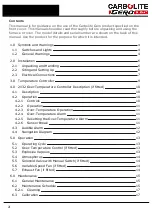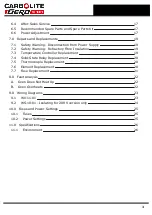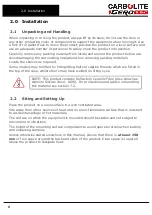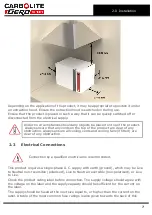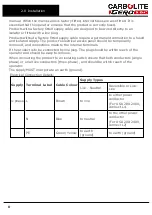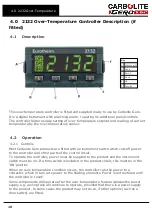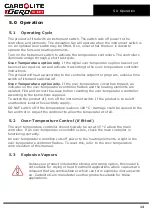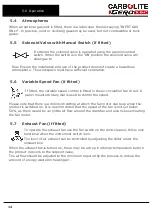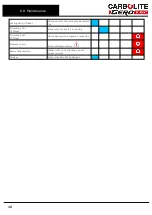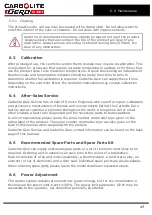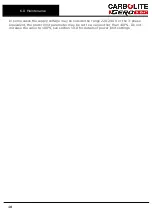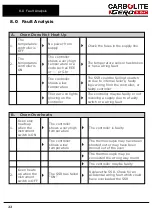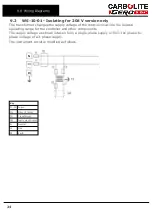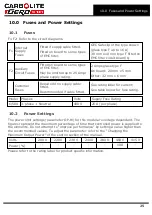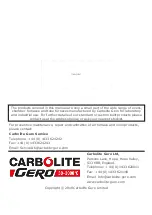
5.0
Operation
5.1
Operating Cycle
The product is fitted with an instrument switch. The switch cuts off power to the
controllers and elements. The circulation fan will operate when the instrument switch is
on. An optional door switch may be fitted. If so, ensure that the door is closed to
operate the fans and heating elements.
Turn on the instrument switch to activate the temperature controllers. The controllers
illuminate and go through a short test cycle.
Over-Temperature option only
. If the digital over-temperature option has not yet
been set as required, set and activate it according to the over-temperature controller
instructions.
The product will heat up according to the controller setpoint or program, unless a time
switch is fitted and switched off.
Over-Temperature option only.
If the over-temperature circuit has tripped, an
indicator on the over-temperature controller flashes and the heating elements are
isolated. Find and correct the cause before resetting the over-temperature controller
according to the instructions supplied.
To switch the product off, turn off the instrument switch. If the product is to be left
unattended, isolate the electricity supply.
DO NOT switch off if the temperature is above 100 °C - damage could be caused to the
fan and motor. Adjust the controller to allow the temperature to fall.
5.2
Over-Temperature Control (if fitted)
The over-temperature controller should typically be set at 15 °C above the main
controller. If an over-temperature condition occurs, check the main controller is
functioning correctly.
An over-temperature condition cuts off power to the heating elements. A light in the
over-temperature controller flashes. To reset this, refer to the over-temperature
control section of this manual.
5.3
Explosive Vapours
Unless your product includes the stoving and curing option, this model is
not suitable for drying or heat treatment applications where vapours are
released that are combustible or which can form explosive mixtures with
air. Carbolite Gero manufactures other products suitable for these
applications.
13
5.0 Operation


